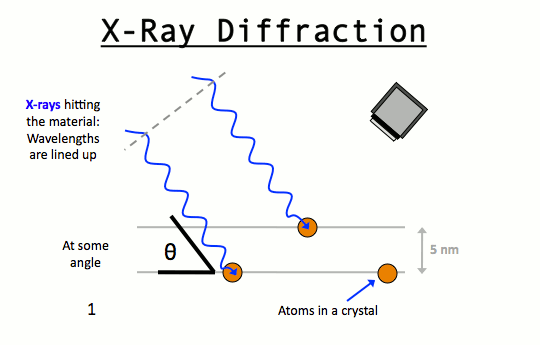Today (November 2, 1966) is the Memorial Day of Peter Joseph William Debbie, winner of the Nobel Prize for outstanding contributions to X-ray scattering.
Peter Joseph William Debye was born on March 24, 1884 in Maastricht, the
Netherlands. Debye enrolled in
the Aachen University of Technology in 1901. In 1905, he completed his first
degree in electrical engineering. He published his first paper, a
mathematically elegant solution of a problem involving eddy currents, in 1907.
At Aachen, he studied under the theoretical physicist Arnold Sommerfeld, who
later claimed that his most important discovery was Peter Debye. In 1906,
Sommerfeld received an appointment at Munich, Bavaria, and took Debye with him
as his assistant. Debye got his Ph.D. with a dissertation on radiation pressure
in 1908. In 1910, he derived the Planck radiation formula using a method which
Max Planck agreed was simpler than his own.


Debye was described as a martinet when it came to scientific principles,
yet was always approachable and made time for his students. His first major scientific contribution was
the application of the concept of dipole moment to the charge distribution in
asymmetric molecules in 1912, developing equations relating dipole moments to
temperature and dielectric constant. In consequence, the units of molecular
dipole moments are termed debyes in his honor. Also in 1912, he extended Albert
Einstein's theory of specific heat to lower temperatures by including
contributions from low-frequency phonons.

In 1913, he extended Niels Bohr's theory of atomic structure,
introducing elliptical orbits, a concept also introduced by Arnold Sommerfeld.
In 1914–1915, Debye calculated the effect of temperature on X-ray diffraction
patterns of crystalline solids with Paul Scherrer (the "Debye–Waller
factor"). In 1923, together with his assistant Erich Hückel, he developed
an improvement of Svante Arrhenius' theory of electrical conductivity in
electrolyte solutions. Although an improvement was made to the Debye–Hückel
equation in 1926 by Lars Onsager, the theory is still regarded as a major
forward step in our understanding of electrolytic solutions. Also in 1923,
Debye developed a theory to explain the Compton effect, the shifting of the
frequency of X-rays when they interact with electrons.

In 1911, when Albert Einstein took an appointment as a professor at
Prague, Bohemia, Debye took his old professorship at the University of Zurich,
Switzerland. This was followed by moves to Utrecht in 1912,to Göttingen in
1913, to ETH Zurich in 1920, to University of Leipzig in 1927, and in 1934 to
Berlin, where, succeeding Einstein, he became director of the Kaiser Wilhelm
Institute for Physics (now named the Max-Planck-Institut) whose facilities were
built only during Debye's era. He was awarded the Lorentz Medal in 1935. From
1937 to 1939 he was the president of the Deutsche Physikalische Gesellschaft.

In May 1914 he became member of the Royal Netherlands Academy of Arts
and Sciences and in December of the same year he became foreign member. He was awarded the 1936 Nobel Prize in
Chemistry for his contribution to molecular composition, especially for his
excellent contributions to bipolar torque and X-ray scattering. Peter Joseph
William Debbie, winner of the Nobel Prize for Outstanding Contribution to
X-Radiation, passed away on November 2, 1966, in Ithaca, New York, at the age
of 82.
Source By: Wikipedia
Information: Dr. P. Ramesh, Assistant Professor of Physics, Nehru Memorial
College, Puthanampatti, Trichy.



.jpg)
No comments:
Post a Comment